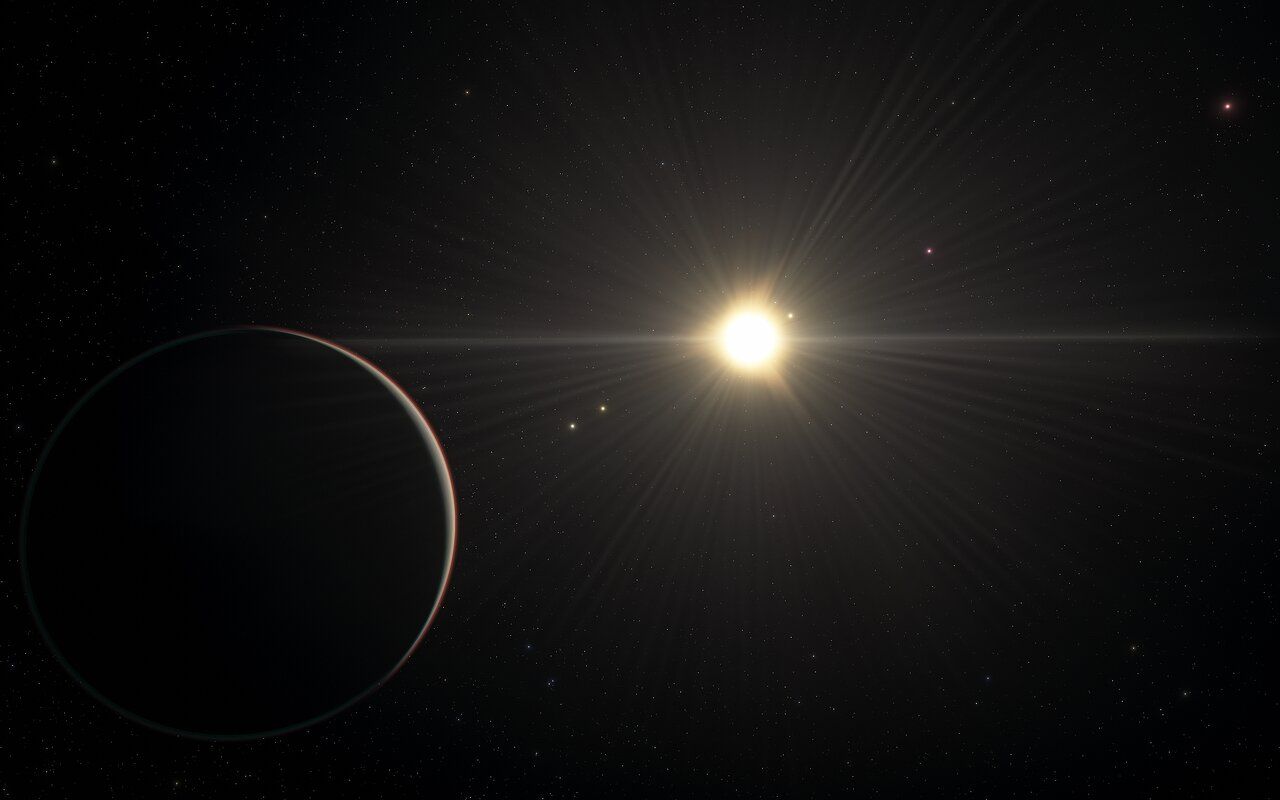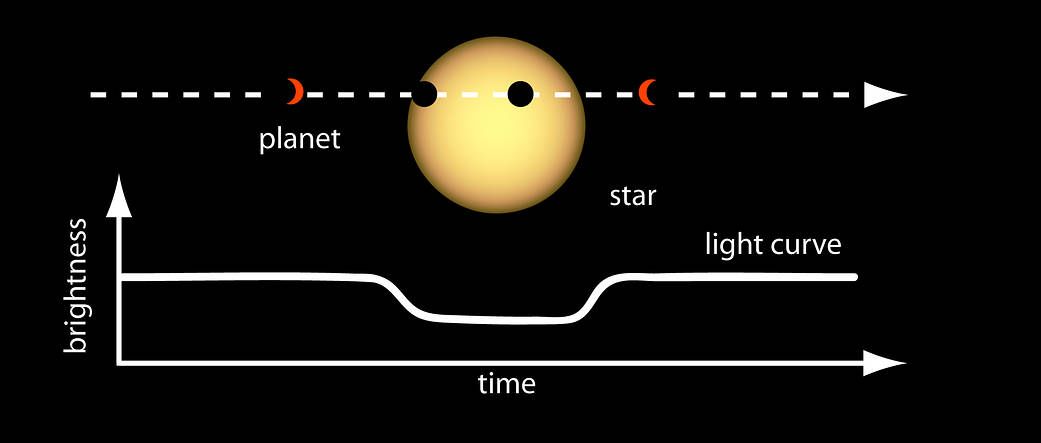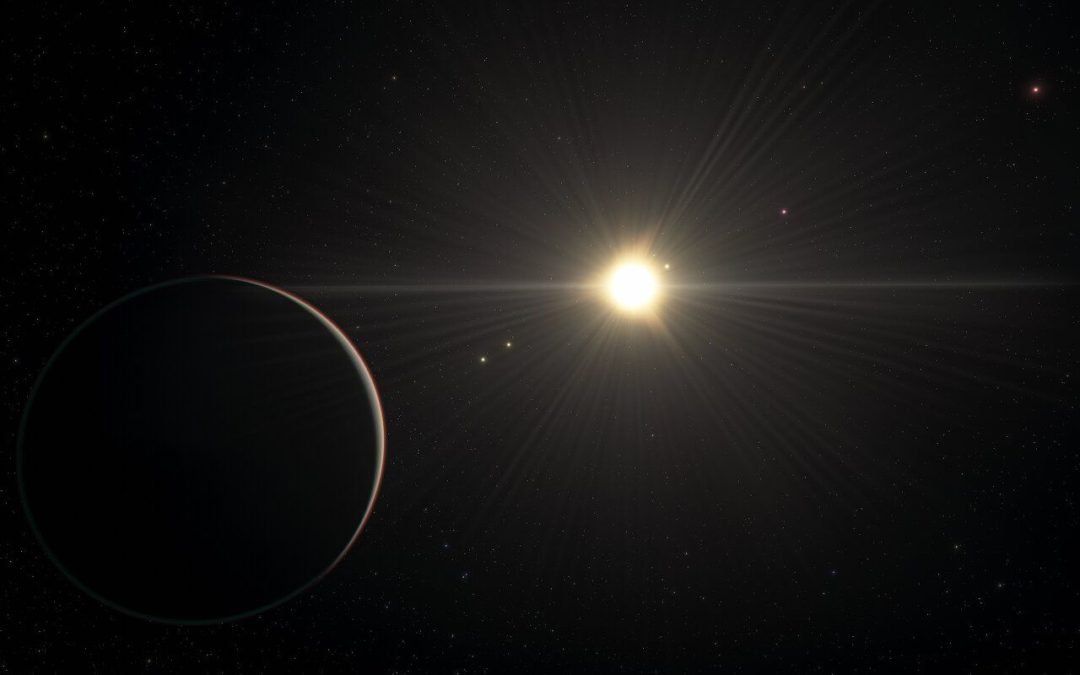
200 light years away there is a solar system that is fascinating scientists. The system consists of six exoplanets, of which five are “dancing” around their star TOI-178 by moving in a specific pattern. The exoplanets were observed by the Very Large Telescope (VLT) among others, the European Southern Observatory (ESO) told in a press release.
The exoplanets orbit their star in a specific rhythm, making it appear as an astronomical dance. This means that the planets follow a specific pattern in respect to each other, called a resonance pattern. A similar pattern can be observed in our own solar system by looking at the three moons of Jupiter: Ganymede, Io and Europa. The moons orbit their planet in resonance as for every lap Ganymede goes around Jupiter, Europa goes around two and Io four, resulting in a 4:2:1 ratio. But in the system around TOI-178 a more complex dance takes place, resulting in a 18:9:6:4:3 ratio.
And thanks to these calculations, the sixth exoplanet was found. The animation below illustrates this astronomical dance.
Challenges our understanding of planet formation
A fact that is raising many questions is the order and densities of the exoplanets. Looking at the structure of our solar system, denser and rocky planets are located closer to the Sun, while less dense and gassier planets are located further out. This is not the case in the system of TOI-178. One of the exoplanets with the same density as the Earth is located next to a planet with a density similar to Neptune’s. The astronomer Adrien Leleu, from the Université de Genève and the University of Bern, and his team recently published their research in the Astronomy & Astrophysics. There he told:
This contrast between the rhythmic harmony of the orbital motion and the disorderly densities certainly challenges our understanding of the formation and evolution of planetary systems.
To explore the system further, the group of scientists used data from ESA (European Space Agency) CHEOPS– satellite. However, it is difficult to detect planets in other solar systems, and therefore, scientists usually have to combine several methods in their search. As well as the astronomers had to combine data from the VLT and ESOs Paranal Observatory in Chile.
The Transit method
The transit method is vital in the search for exoplanets. In this method, scientists study the light emitted by a star, looking for drops in brightness. Drops in brightness may indicate that an object has moved in front of the star. This method can further be combined with research from light spectrums to find abnormalities caused by planets, as they move in their orbit around the star.

From such research, scientists have come to the conclusion that the exoplanets in this system orbit their star much closer than our planets do. The closest exoplanet travels one time around the star on just a couple of days, while the furthermost planet takes 10 times that time. As a comparison, the planet closest to the Sun, Mercury, completes one orbit in 88 days, while Neptune, the planet furthest out, needs 165 years to complete on turn! This means that Neptune travels about 680 times slower than Mercury.
Moreover, the planets have masses between 1.5 to 30 the mass of Earth, where some are rocky and large called “Super-Earths” while others are gassy but small called “Mini-Neptunes”
Lastly, the question of whether life exist in this system remains. Unfortunately, none of the found exoplanets are located in the habitable zone, and life as we know cannot exist. However, it is possible that there are more planets in the system that still are undetected. With advancing technologies including the upcoming Extremely Large Telescope (ELT) it will be easier to detect planets in the habitable zone. And so the search for life continues.





